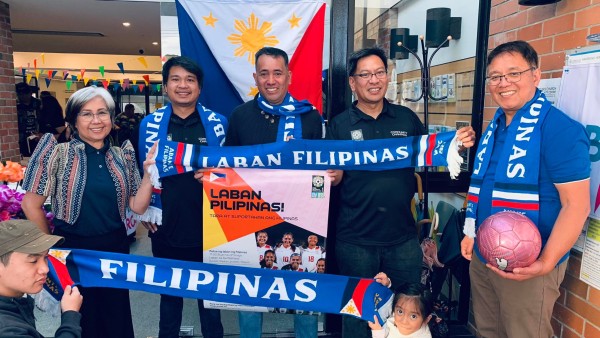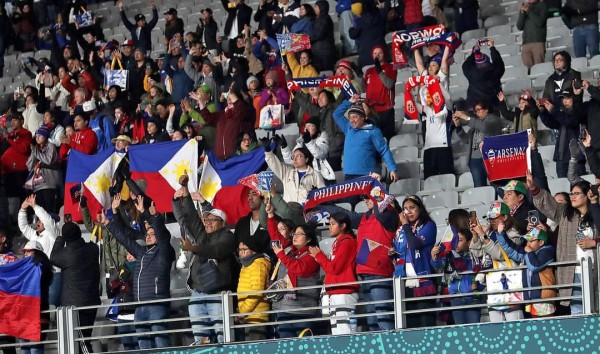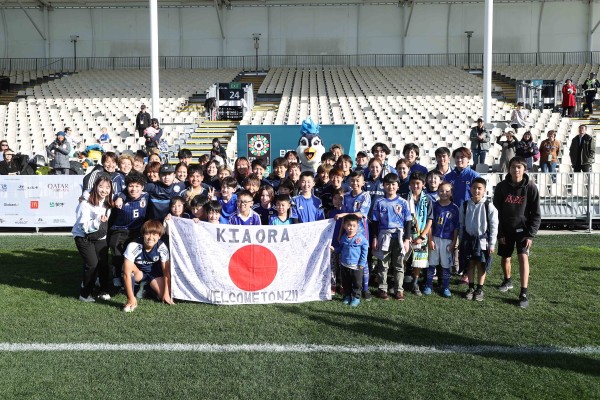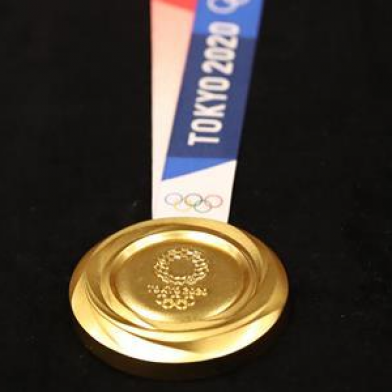Not too long ago, I was one of thousands flowing with the crowd towards Sky Stadium.
I had done this walk many times before, though the crowd was always dressed in black, ready to cheer on New Zealand. This time orange, red, white and blue were the colours of choice.
I was at one of the FIFA Women’s World Cup matches - USA vs Netherlands in Wellington – and stepping into the stadium, I was struck by the differences since I was last here: the different cheers, accents, languages, and songs. The global game had come to New Zealand.
I took my seat and took it all in.
2023 was the year football came to visit. When the world cup arrived, we welcomed teams from different countries and international tourists, and saw supporters from ethnic and expat communities showcasing pride in their countries and cultures.
Now, as we bid farewell to the ninth FIFA Women's World Cup tournament, co-hosted by New Zealand and Australia, we can count the tournament as a success. Records tumbled with spectators filling stadiums across New Zealand and global viewing numbers exceeding previous tournaments.
But success isn’t just about the numbers.
As Programme Manager (Sport) for the Asia New Zealand Foundation Te Whītau Tuhono, my job is about the connections we make through sports. Both on and off the field, sport has a way of bringing people together.

The audience at the FIFA fan zone set up in Auckland during the cup. Image: Tātaki Auckland Unlimited
I know this for a fact. Late last year the Foundation released its inaugural sports research report, The Rising Impact of Asia on New Zealand Sport. Our research uncovered a whole range of findings – Asia’s role in shaping sports trends, how New Zealand athletes can make the most of this. One finding that stood out was how beneficial it is for New Zealand, or any country to host global events like this: connecting people and cultures through sport, building new audiences and celebrating the diversity of participation all help build more globally connected communities.
Outside the stadium especially, we saw these connections happen. Local ethnic and expat communities transformed streets and stadiums into party zones, with costumes, songs and dance, all adding colour and voice in support of their teams.
We saw this with the Filipino community - Community Champion, Carlo Espejo, who moved to Auckland from the Philippines in 2009, jumped at the chance to help engage the local Filipino community with the tournament. He helped out with a Cultural Fan March for the Filipino community ahead of the team’s final group stage match.

The community came out in support of the Filipinas - the Philippines national women's football team.
“We are so proud to say that the number of Filipinos who went to watch the Filipinas play their final group stage match is the largest to date, in any single sporting event in New Zealand and we made sure to make it our home game,” he said.
The teams themselves also helped build connections. New Zealand hosted 16 teams during the pool games, these teams were spread throughout 9 cities from Auckland to Dunedin. Of interest to myself and the Foundation were the three that travelled here from Asia: Japan, the Philippines and Vietnam. All three captured attention for different reasons.
For the Philippines and Vietnam, this was their first Women's World Cup.
The Philippines not only made headlines by beating the Football Ferns in one of the tournament upsets, but they also won fans off the pitch. Turning their opening training session into a meet and greet, they took the time to acknowledge the excited fans who welcomed them to Aotearoa.
The Philippines is a country that excels in the three B’s (basketball, boxing and beauty pageants), but their football team showed girls everywhere that moulds can be broken.

Philippines supporters during the FIFA Women's World Cup.
The Vietnamese team opened the tournament with what seemed like the impossible: playing the USA. Things didn’t get easier with games against Portugal and the Netherlands. Unable to register a goal or a win, they still would have learnt a lot from their first appearance at the World Cup and would have inspired many young girls to one day pull on their country jersey and follow in this team’s footsteps.
The Nadeshiko (Japanese team) as they are affectionately known, have a good record in the tournament having won it in 2011 and were runners-up in 2015. They started strong and progressed through to the top 16, falling to the Swedish team, though they too will be remembered for their off-field actions.

The Japanese team won fans on and off the pitch.
As with previous global tournaments, the Japanese team and fans showed their appreciation to their hosts and the game through their cultural practice of atarimae: to show gratitude by leaving both the changing rooms and stadiums cleaner than they were found.
Hosting the FIFA Women’s World Cup was a chance to learn more about one another. Kiwis found themselves the minority within stadiums, absorbed in a spectacle that wasn't rugby, netball, or cricket. Outside of the stadium, we saw teams and supporters celebrate, and share with one another.
It was a fun month and there will be plenty of us wishing we do not have to wait long before the fun returns.
Banner image: Tātaki Auckland Unlimited
- Asia Media Centre


